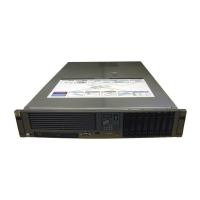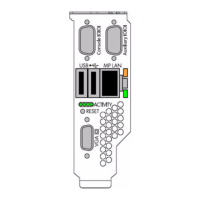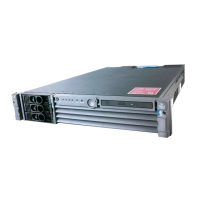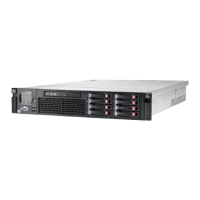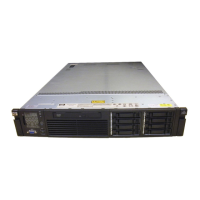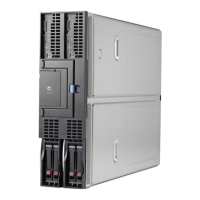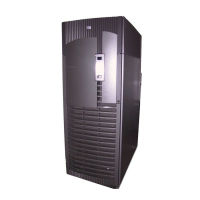Chapter 4
Utilities
Extensible Firmware Interface (EFI) Boot Manager
34
The EFI boot manager loads EFI applications (including OS first stage loader) and EFI drivers from an
EFI-defined file system or image loading service. NVRAM variables point to the file to be loaded. These
variables contain application-specific data that is passed directly to the EFI application. EFI variables
provides system firmware a boot menu that points to all the operating systems, even multiple versions of the
same operating systems.
The EFI boot manager allows you to control the server’s booting environment. Depending on how you have
configured the boot options, after the server is powered up the boot manager presents you with different ways
to bring up the system. For example, you can boot to the EFI shell, to an operating system located on the
network or residing on media in the server, or the Boot Maintenance menu.
• Boot from a File—Automatically adds EFI applications as boot options or allows you to boot from a
specific file. When you choose this option, the system searches for an EFI directory. If the EFI directory is
found, then it looks in each of the subdirectories below EFI. In each of those subdirectories, it looks for the
first file that is an executable EFI application. Each of the EFI applications that meet this criterion can
be automatically added as a boot option. In addition, legacy boot options for A: and C: are also added if
those devices are present. You can also launch a specific application without adding it as a boot option. In
this case the EFI boot manager searches the root directories and the \EFI\TOOLS directories of all of the
EFI system partitions present in the system for the specified EFI application.
• Add a Boot Option—Adds a boot option to the EFI boot manager. You specify the option by providing the
name of the EFI application. Along with the name you can also provide either ASCII or UNICODE
arguments the file might use. Given the EFI application name and any options, the EFI boot manager
searches for the executable file in the same directories as described in “Boot from a File” option. When the
file is found, it is executed.
• Delete Boot Options—Deletes a specific boot option or all boot options
• Change Boot Order—Controls the relative order in which the EFI boot manager attempts boot options.
For help on the control key sequences you need for this option, refer to the help menu.
• Manage BootNext Setting—Selects a boot option to use one time (the next boot operation)
• Set Automatic Boot Timeout—Defines the value in seconds that pass before the system automatically
boots without user intervention. Setting this value to zero disables the timeout feature.
• Exit—Returns control to the EFI boot manager main menu. This displays the active boot devices,
including a possible integrated shell (if the implementation is so constructed).
EFI Commands
Table 4-1 lists EFI commands for the hp Integrity rx4640 Server. The equivalent BCH commands found in
PA-RISC based systems are also listed.
Table 4-1 EFI Commands
EFI Shell
Command
BCH
Command
Equivalent
BCH Command Parameters Definition
These commands are found in all other menus
info boot Boot [PRI|HAA|ALT|<path>] Boot from specified path
help <command> HElp [<menu>|<command>] Display help for specified
command or menu

